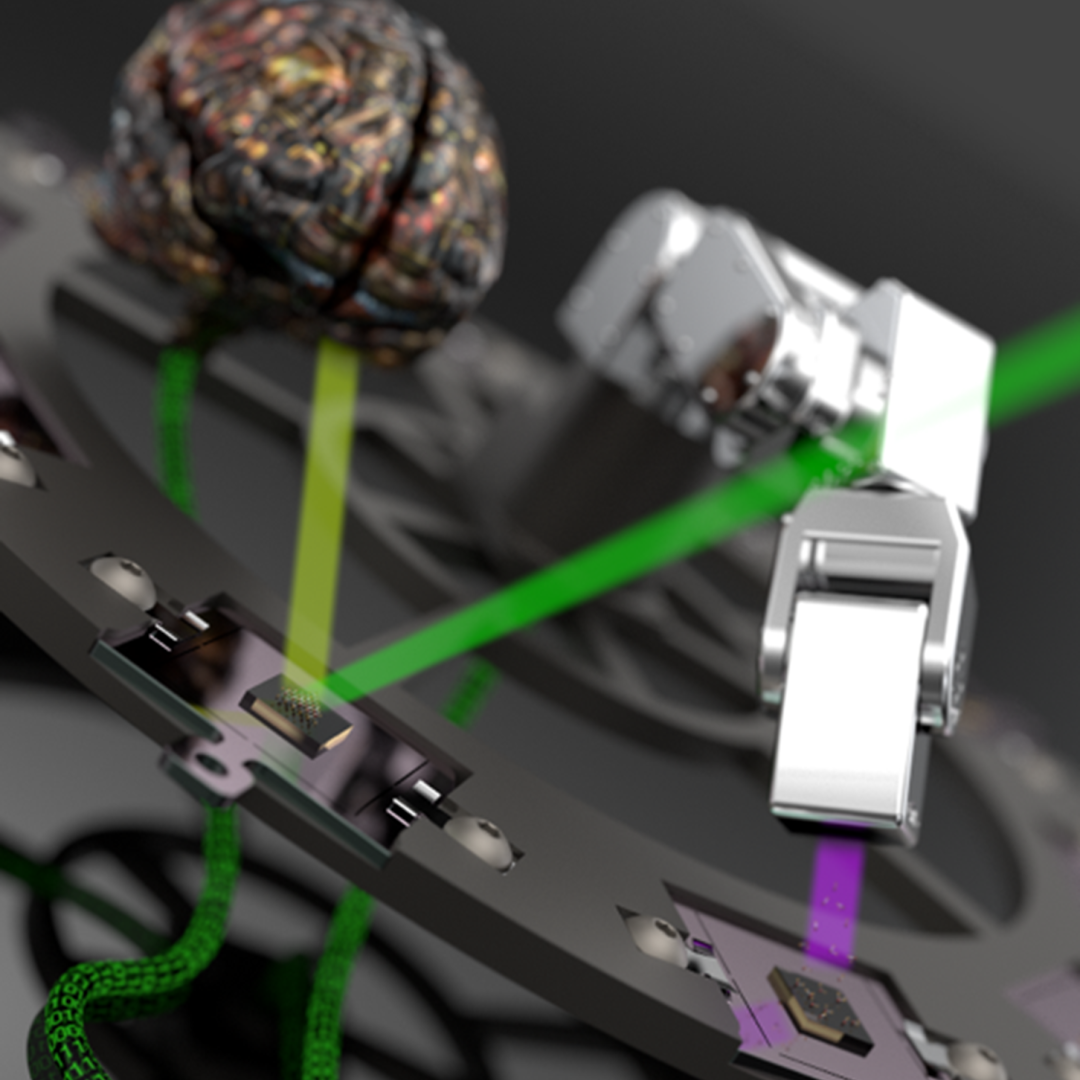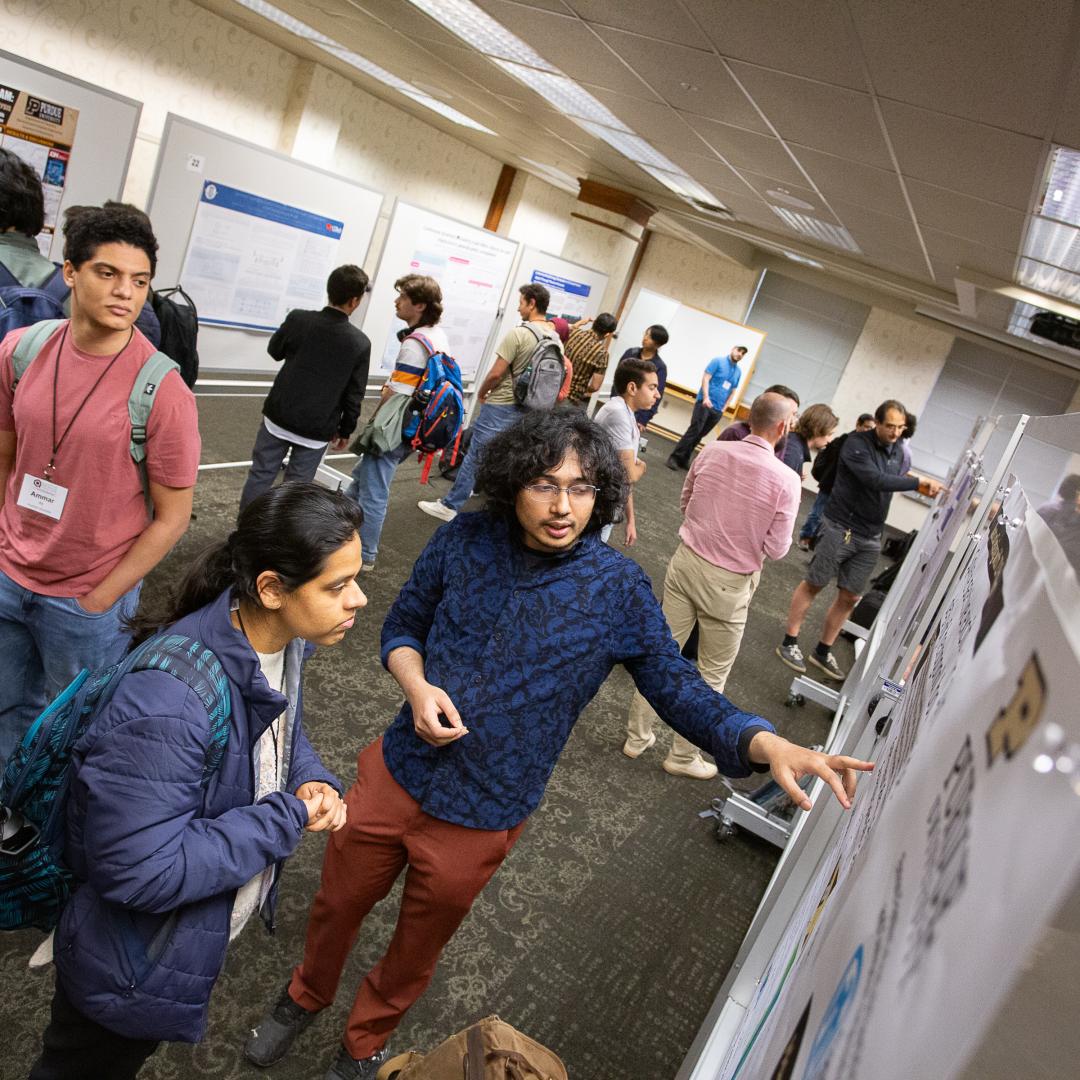Filter News
Area of Research
- (-) Fusion and Fission (3)
- (-) National Security (8)
- (-) Neutron Science (5)
- Biology and Environment (6)
- Clean Energy (96)
- Computer Science (2)
- Electricity and Smart Grid (3)
- Functional Materials for Energy (1)
- Materials (18)
- Materials for Computing (5)
- Quantum information Science (1)
- Sensors and Controls (1)
- Supercomputing (11)
- Transportation Systems (2)
News Topics
- (-) Grid (8)
- (-) Transportation (9)
- 3-D Printing/Advanced Manufacturing (11)
- Advanced Reactors (8)
- Artificial Intelligence (19)
- Big Data (8)
- Bioenergy (10)
- Biology (9)
- Biomedical (14)
- Biotechnology (2)
- Buildings (2)
- Chemical Sciences (8)
- Clean Water (2)
- Climate Change (5)
- Composites (2)
- Computer Science (32)
- Coronavirus (10)
- Critical Materials (1)
- Cybersecurity (19)
- Decarbonization (6)
- Energy Storage (12)
- Environment (15)
- Exascale Computing (2)
- Fossil Energy (2)
- Frontier (3)
- Fusion (23)
- High-Performance Computing (8)
- Isotopes (1)
- ITER (6)
- Machine Learning (15)
- Materials (16)
- Materials Science (25)
- Mathematics (1)
- Microscopy (4)
- Nanotechnology (12)
- National Security (34)
- Net Zero (1)
- Neutron Science (99)
- Nuclear Energy (33)
- Partnerships (7)
- Physics (11)
- Polymers (1)
- Quantum Computing (1)
- Quantum Science (8)
- Security (13)
- Simulation (4)
- Space Exploration (3)
- Summit (7)
- Sustainable Energy (8)
Media Contacts
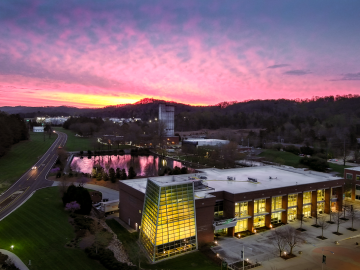
In fiscal year 2023 — Oct. 1–Sept. 30, 2023 — Oak Ridge National Laboratory was awarded more than $8 million in technology maturation funding through the Department of Energy’s Technology Commercialization Fund, or TCF.
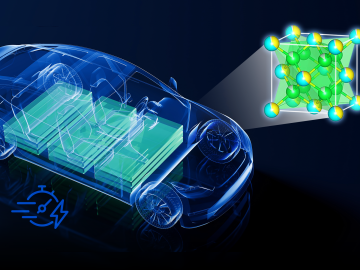
Currently, the biggest hurdle for electric vehicles, or EVs, is the development of advanced battery technology to extend driving range, safety and reliability.
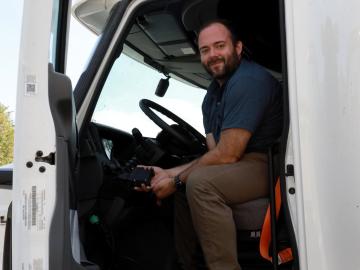
As vehicles gain technological capabilities, car manufacturers are using an increasing number of computers and sensors to improve situational awareness and enhance the driving experience.
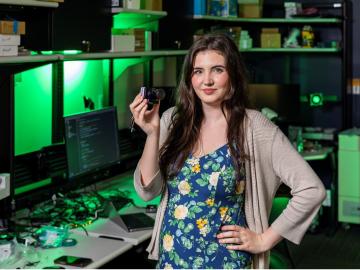
Tristen Mullins enjoys the hidden side of computers. As a signals processing engineer for ORNL, she tries to uncover information hidden in components used on the nation’s power grid — information that may be susceptible to cyberattacks.
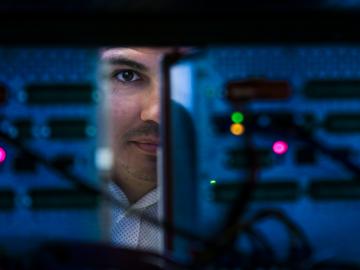
Although blockchain is best known for securing digital currency payments, researchers at the Department of Energy’s Oak Ridge National Laboratory are using it to track a different kind of exchange: It’s the first time blockchain has ever been used to validate communication among devices on the electric grid.
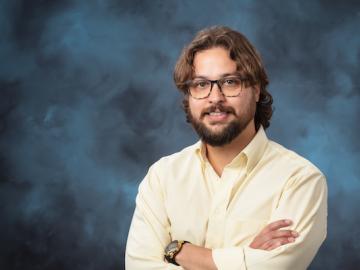
In human security research, Thomaz Carvalhaes says, there are typically two perspectives: technocentric and human centric. Rather than pick just one for his work, Carvalhaes uses data from both perspectives to understand how technology impacts the lives of people.
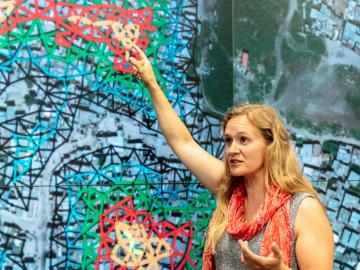
Unequal access to modern infrastructure is a feature of growing cities, according to a study published this week in the Proceedings of the National Academy of Sciences
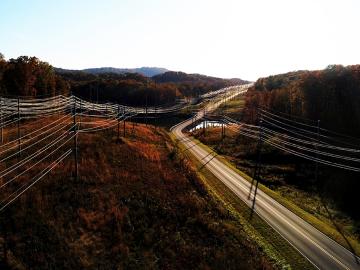
ORNL and the Tennessee Valley Authority, or TVA, are joining forces to advance decarbonization technologies from discovery through deployment through a new memorandum of understanding, or MOU.
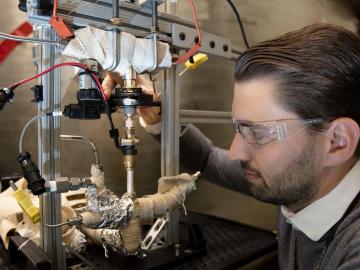
For a researcher who started out in mechanical engineering with a focus on engine combustion, Martin Wissink has learned a lot about neutrons on the job
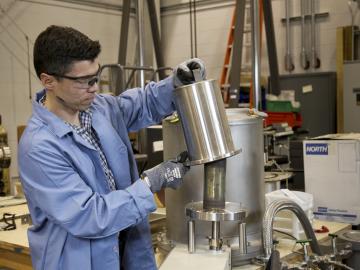
As program manager for the Department of Energy’s Oak Ridge National Laboratory’s Package Testing Program, Oscar Martinez enjoys finding and fixing technical issues.


